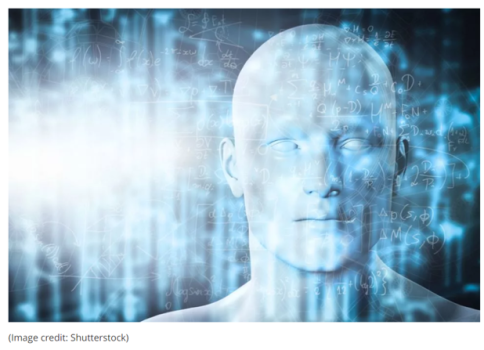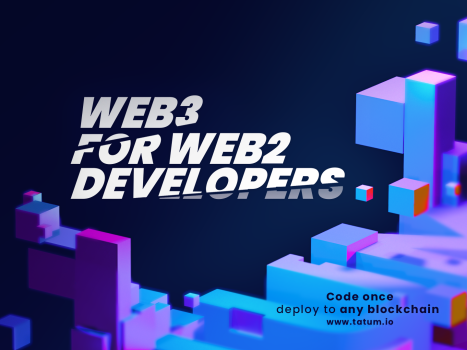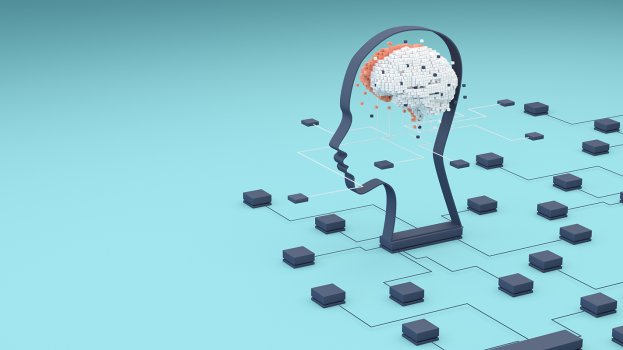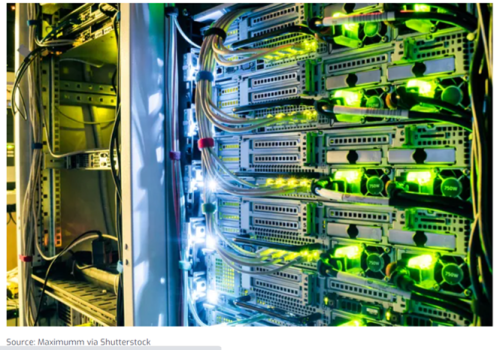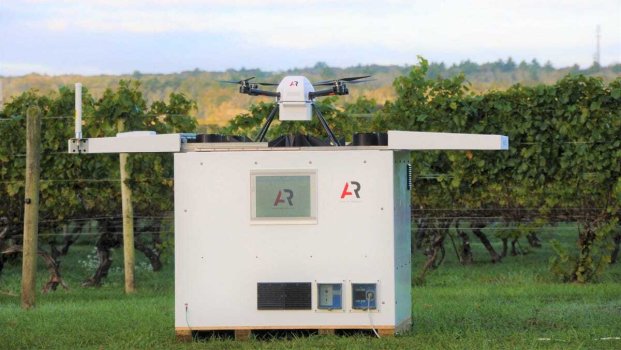Google Cloud is hiring a legion of blockchain experts to expand its business
- Technology Solutions
- 0 Replies
Google’s cloud division has formed a group to build business around blockchain applications, following efforts to grow in retail, health care and other industries.
Success could help Google further diversify away from advertising and become more prominent in the growing market for computing and storage services delivered from remote third-party data centers.
Blockchain advocates often talk about constructing decentralized applications that leave large intermediaries out of the equation. In particular, DeFi (short for “decentralized finance”) is a rapidly growing sector of the crypto market that aims to cut out middlemen, such as banks, from traditional financial transactions, like securing a loan.
With DeFi, banks and lawyers are replaced by a programmable piece of code called a smart contract. This contract is written on a public blockchain, like ethereum or solana, and it executes when certain conditions are met, negating the need for a central intermediary.
This idea of decentralized apps has become more popular among technologists who envision Web3, a decentralized version of the internet that breaks away from Web 2.0, which saw an explosion of user-generated content such as blogs and social networks. Some of those services eventually came to be owned by large internet players — including Google, which bought Blogger and YouTube (which is now one of its strongest businesses).
Today Amazon, Google and other cloud-computing providers represent a type of centralization, by operating vast facilities that offer computing services to millions of customers.
That’s not about to stop Google from trying to capitalize on an opportunity. The cloud group plans to hire a slew of people with blockchain expertise, said Richard Widmann, head of strategy for digital assets at Google’s cloud unit.
“We think that if we do our jobs right, it will drive decentralization,” he said.
Google’s cloud marketplace already offers tools developers can tap to start building blockchain networks, and it has blockchain customers, including Dapper Labs, Hedera and Theta Labs, along with exchanges. Google also offers data sets that people can explore with the BigQuery service to view transaction history for bitcoin and other currencies.
Now, Google is considering what types of services it can offer directly to developers in the blockchain space, Widmann said.
Continue reading: https://www.cnbc.com/2022/01/27/google-cloud-blockchain-team-to-seek-new-business.html
Success could help Google further diversify away from advertising and become more prominent in the growing market for computing and storage services delivered from remote third-party data centers.
Blockchain advocates often talk about constructing decentralized applications that leave large intermediaries out of the equation. In particular, DeFi (short for “decentralized finance”) is a rapidly growing sector of the crypto market that aims to cut out middlemen, such as banks, from traditional financial transactions, like securing a loan.
With DeFi, banks and lawyers are replaced by a programmable piece of code called a smart contract. This contract is written on a public blockchain, like ethereum or solana, and it executes when certain conditions are met, negating the need for a central intermediary.
This idea of decentralized apps has become more popular among technologists who envision Web3, a decentralized version of the internet that breaks away from Web 2.0, which saw an explosion of user-generated content such as blogs and social networks. Some of those services eventually came to be owned by large internet players — including Google, which bought Blogger and YouTube (which is now one of its strongest businesses).
Today Amazon, Google and other cloud-computing providers represent a type of centralization, by operating vast facilities that offer computing services to millions of customers.
That’s not about to stop Google from trying to capitalize on an opportunity. The cloud group plans to hire a slew of people with blockchain expertise, said Richard Widmann, head of strategy for digital assets at Google’s cloud unit.
“We think that if we do our jobs right, it will drive decentralization,” he said.
Google’s cloud marketplace already offers tools developers can tap to start building blockchain networks, and it has blockchain customers, including Dapper Labs, Hedera and Theta Labs, along with exchanges. Google also offers data sets that people can explore with the BigQuery service to view transaction history for bitcoin and other currencies.
Now, Google is considering what types of services it can offer directly to developers in the blockchain space, Widmann said.
Continue reading: https://www.cnbc.com/2022/01/27/google-cloud-blockchain-team-to-seek-new-business.html



